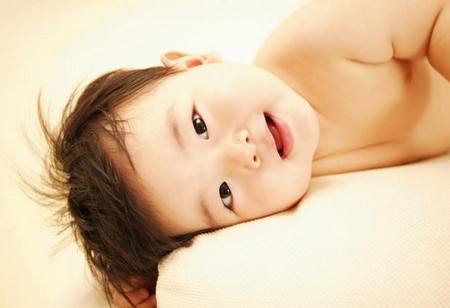Child's Vision Develpment and Importance of Regular Checkup
Chengdu Aier East Eye Hospital

New born baby can see objects in 8 to 15 centimeters and can follow moving objects in this range. The vision distance increases to 15 to 30 centimeters in 1 month. And now the baby can actually ‘look’. In 2 months, the baby is able to focus on moving objects and see different colors. When an object moves fast and gets close to the baby’s eyes, blink as protective reaction may appear. In 3 to 4 months, the baby sees 75 centimeters far and loves to see his or her own hands. Bright colors are their favourite. Following a person or an object with eyes is more consciously now. In 5 to 6 months baby can see far, like cars in streets etc,. Eyes and hands start to coordinate. Ability to judge distance and room between objects starts from 7 to 8 months. In 9 to 10 months, baby can judge the size, shape and moving speed of an object. Can follow with eyes and find a falling object. Stereoscopic vision starts to develop. At 1 and a half year, the vision is in equivalent of 20/50. From 2 to 5 years, child’s vision keeps developing and usually would reach 20/20 when around 5 years old. Child’s vision gets close to that of adults from 6 years old. The stereoscopic vision reaches adults level at 9 years old.
Good vision plays essentially in child’s growth and development because early from start of life, child rely massively on seeing to help other systematic development, the brain activity, hand movement, body balance etc,. Seeing well is also important in child’s academy performance at school. Young kids who are not able to complain vision problem rely their eye health much on parents’ awareness. Regular eye health checkup is effective in screening conditions such as Pediatric Oblique Amblyopia which can seriously affect child’s visual functional development.
The key to achieving satisfactory treatment results is early diagnosis and early treatment as not to miss the crucial time in vision development. Normally, children under 12 years old can be well treated and are able to catch up in functional development.
Dr. Zhang Su, head of Oblique Amblyopia and Pediatric Ophthalmology, says that for children, prevention is more important than treatment. She also suggests parents to be aware when notice child holding books too close in reading, focusing with one eye while the other deviates when looking at an object, the tendency to tilt head when looking at people, or narrowing eyes in lights. All these could be symptoms of oblique amblyopia and should receive medical interference as early as possible.